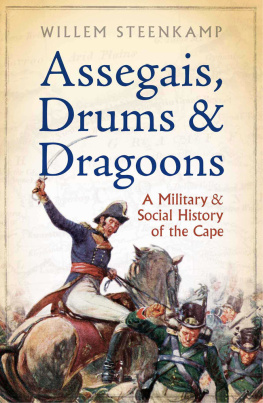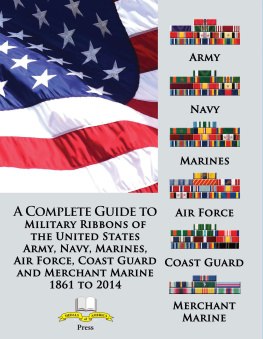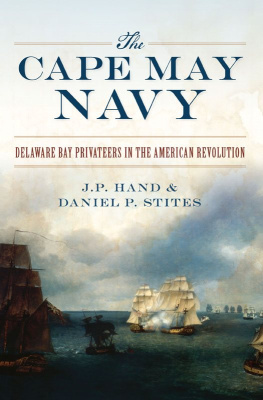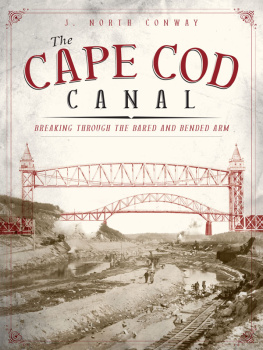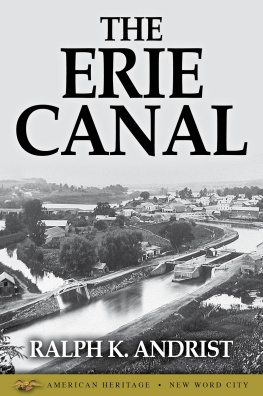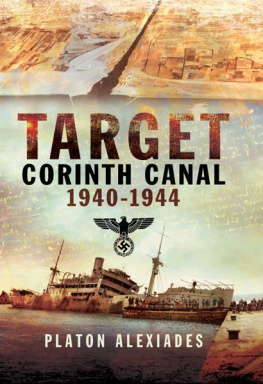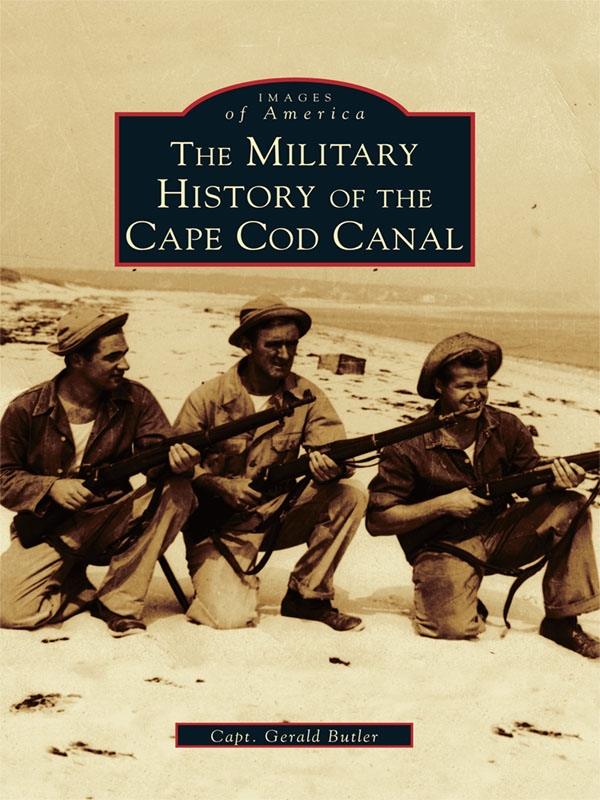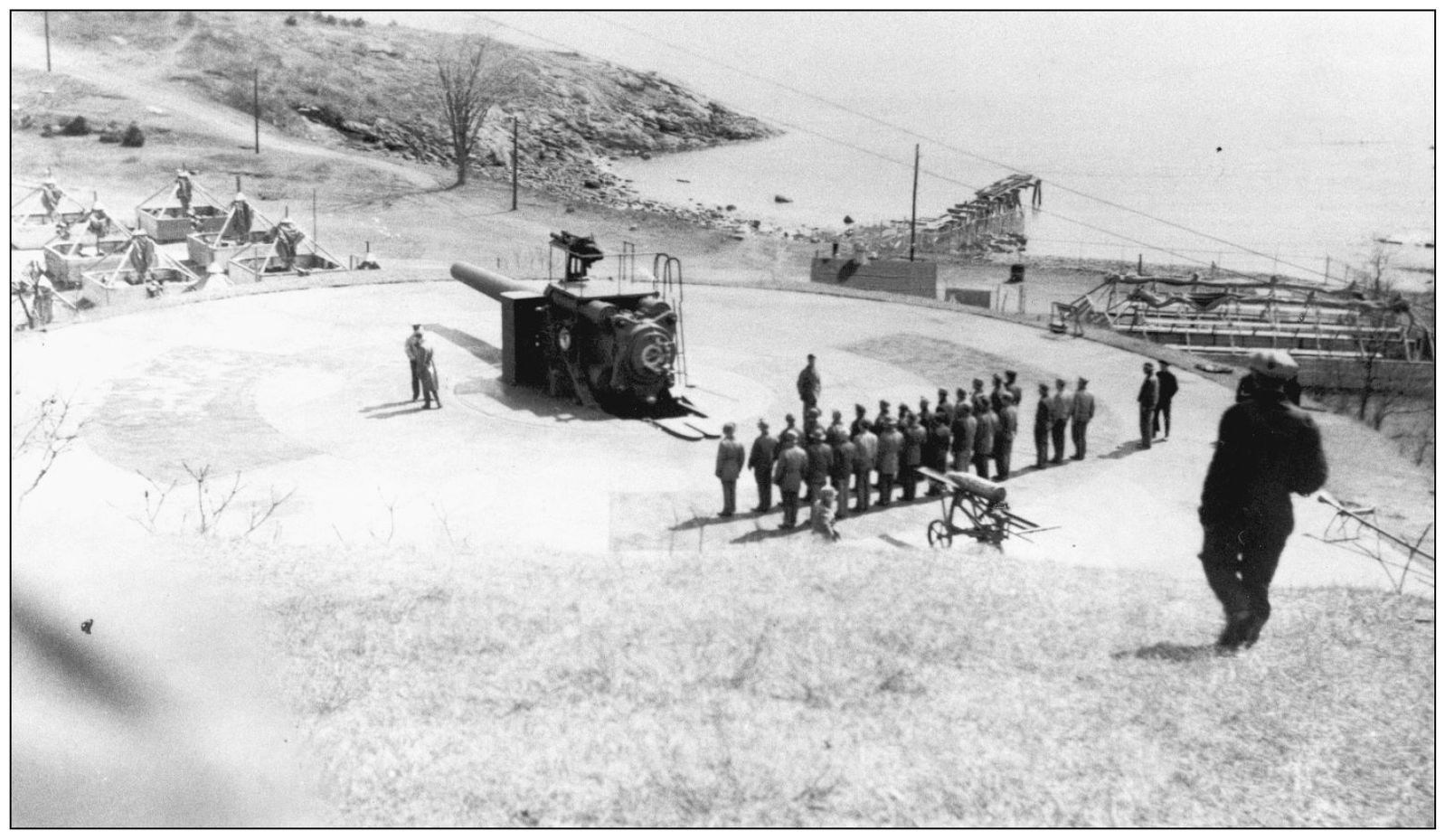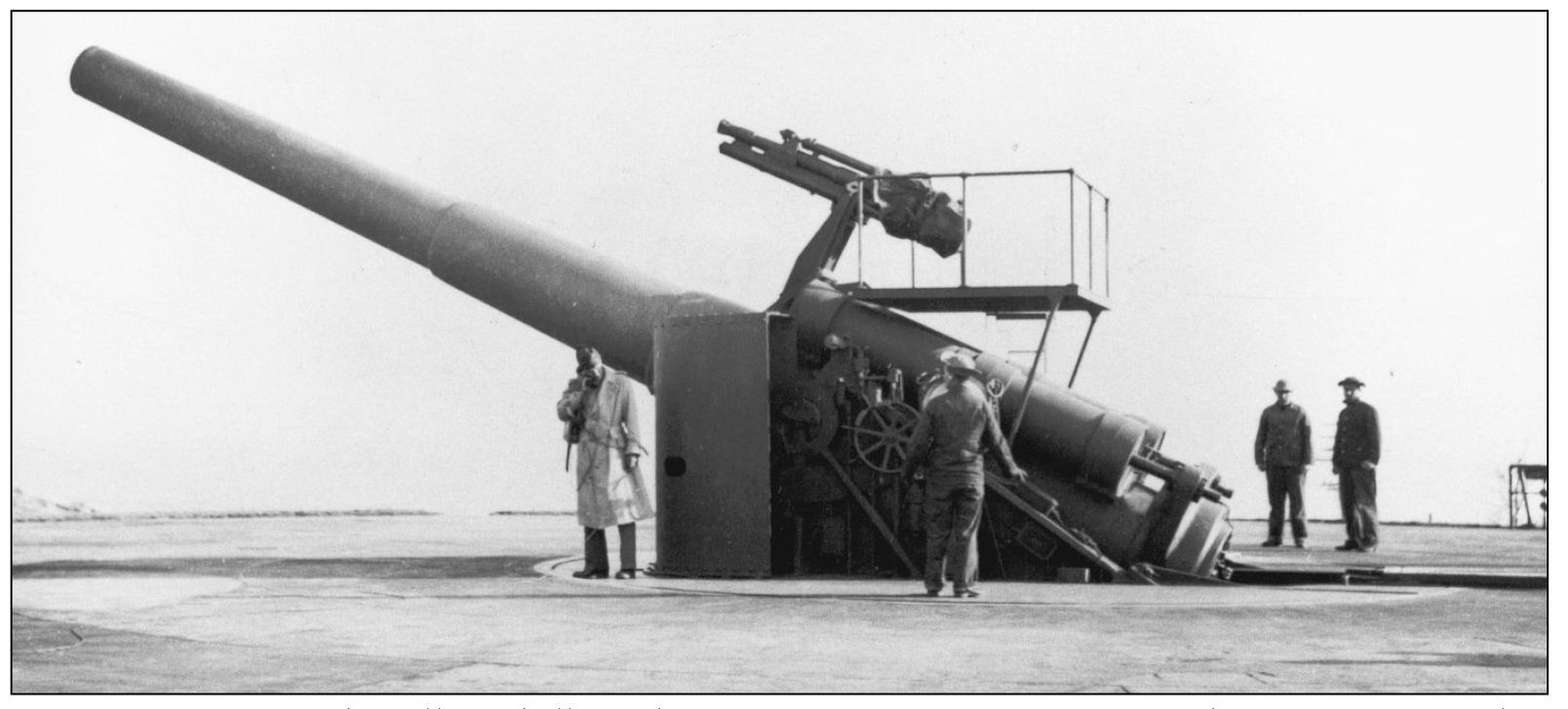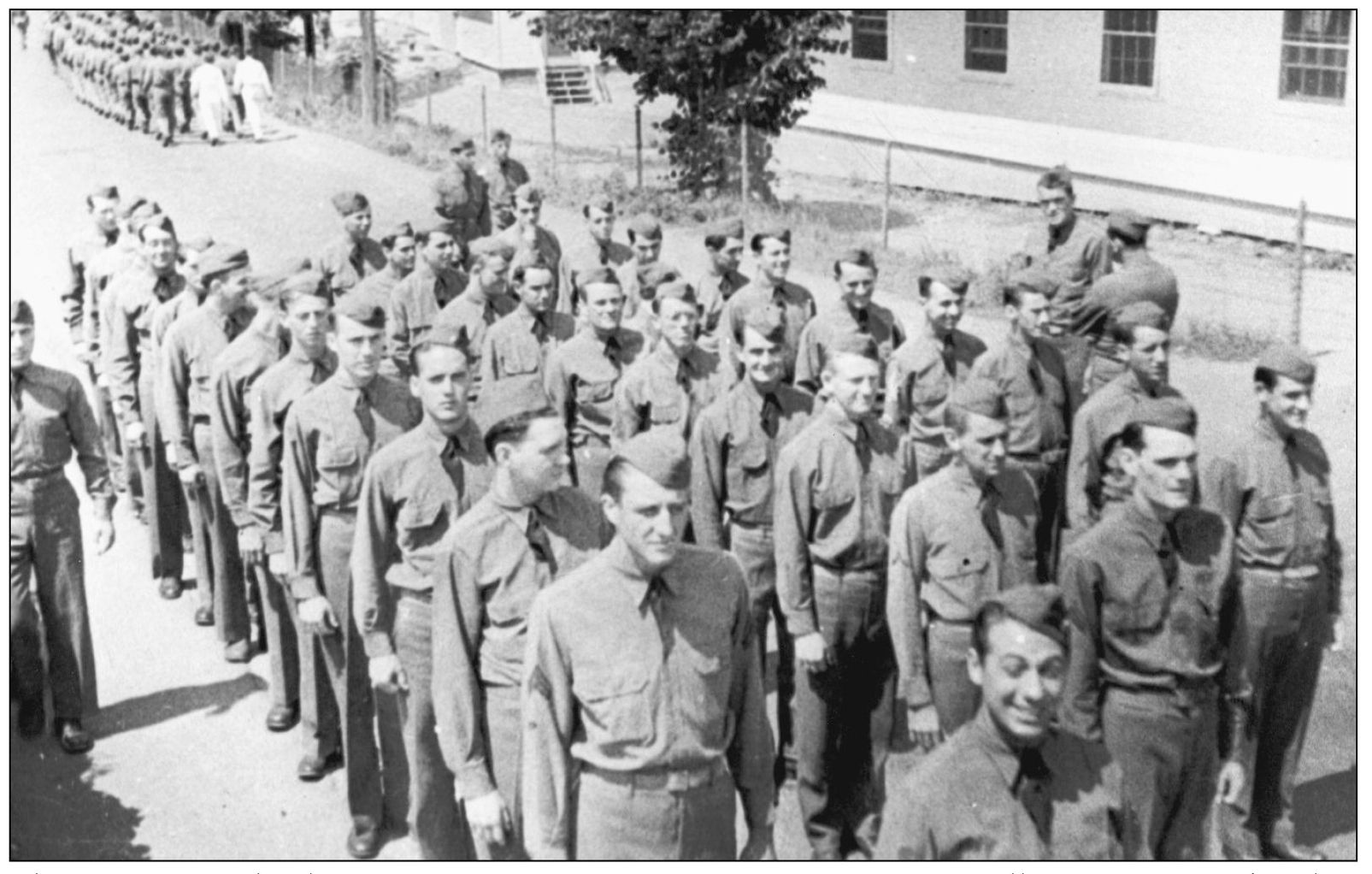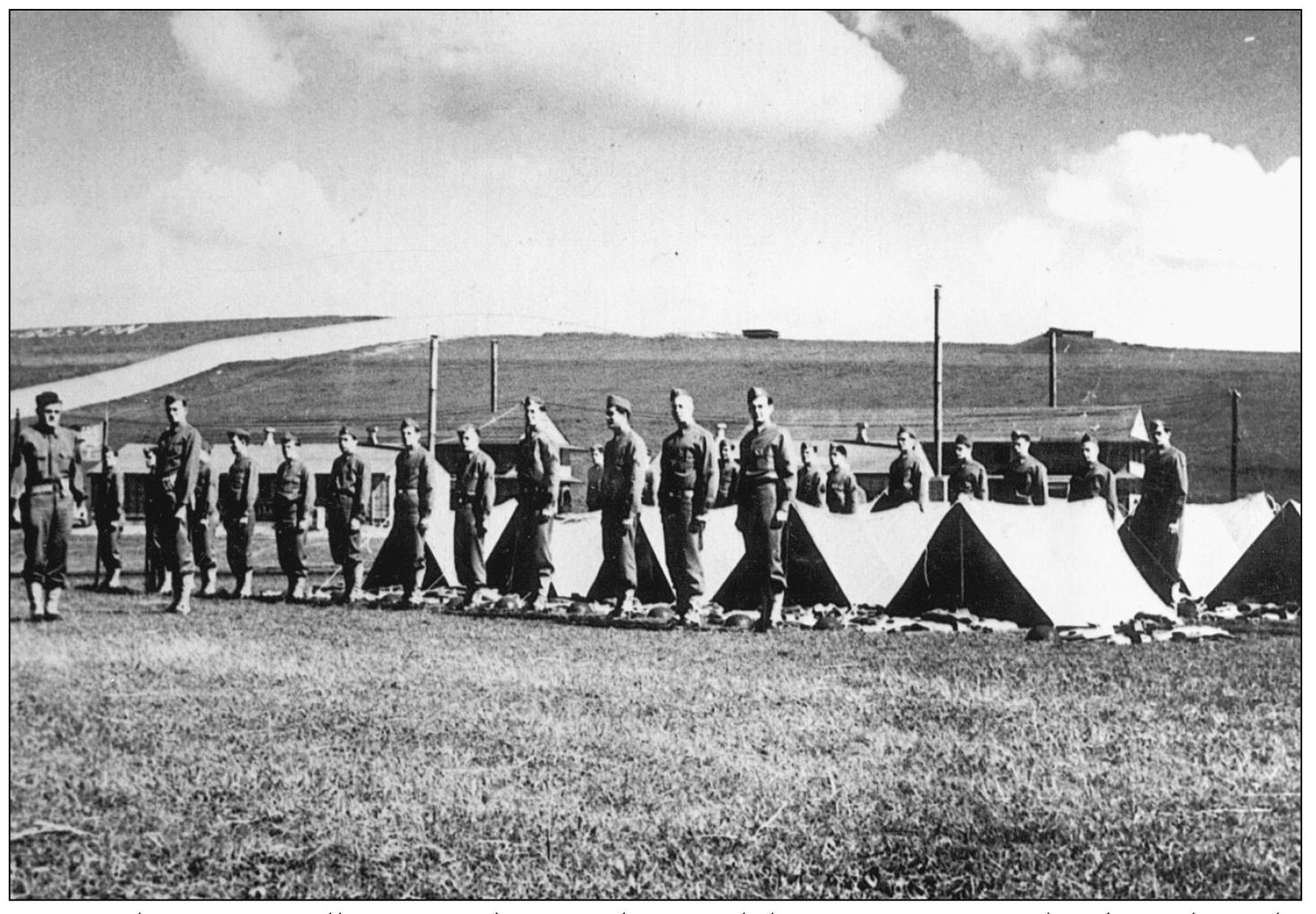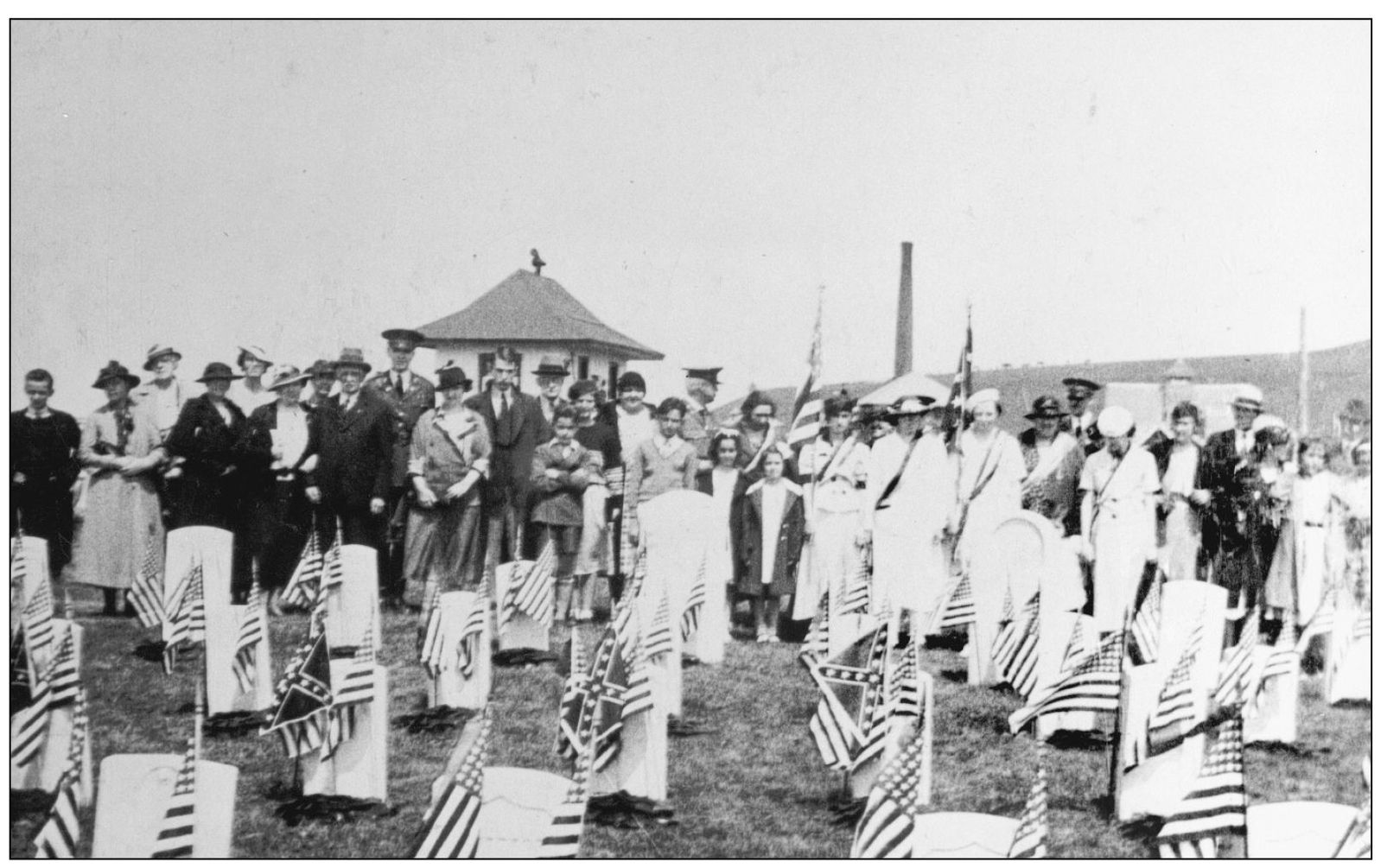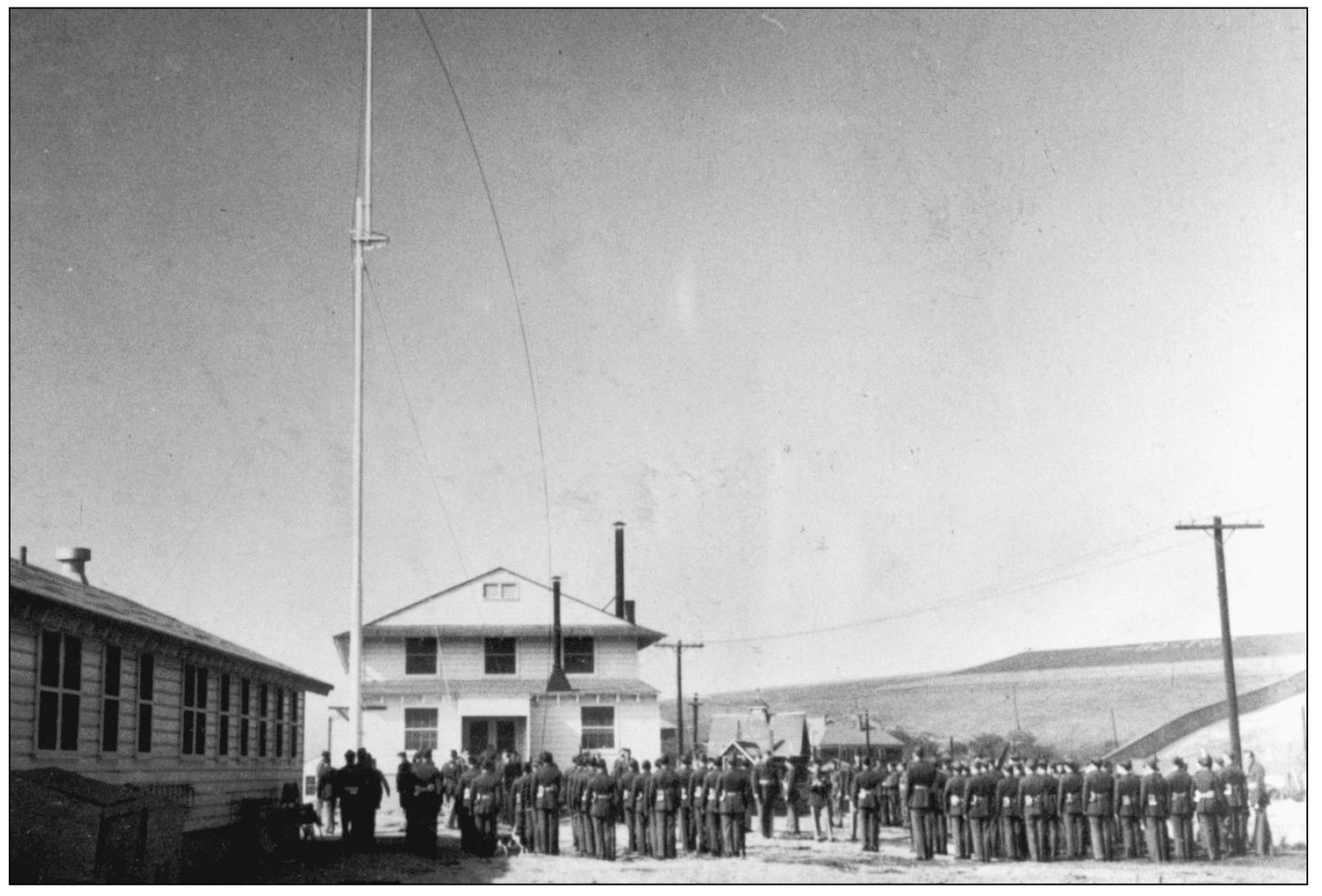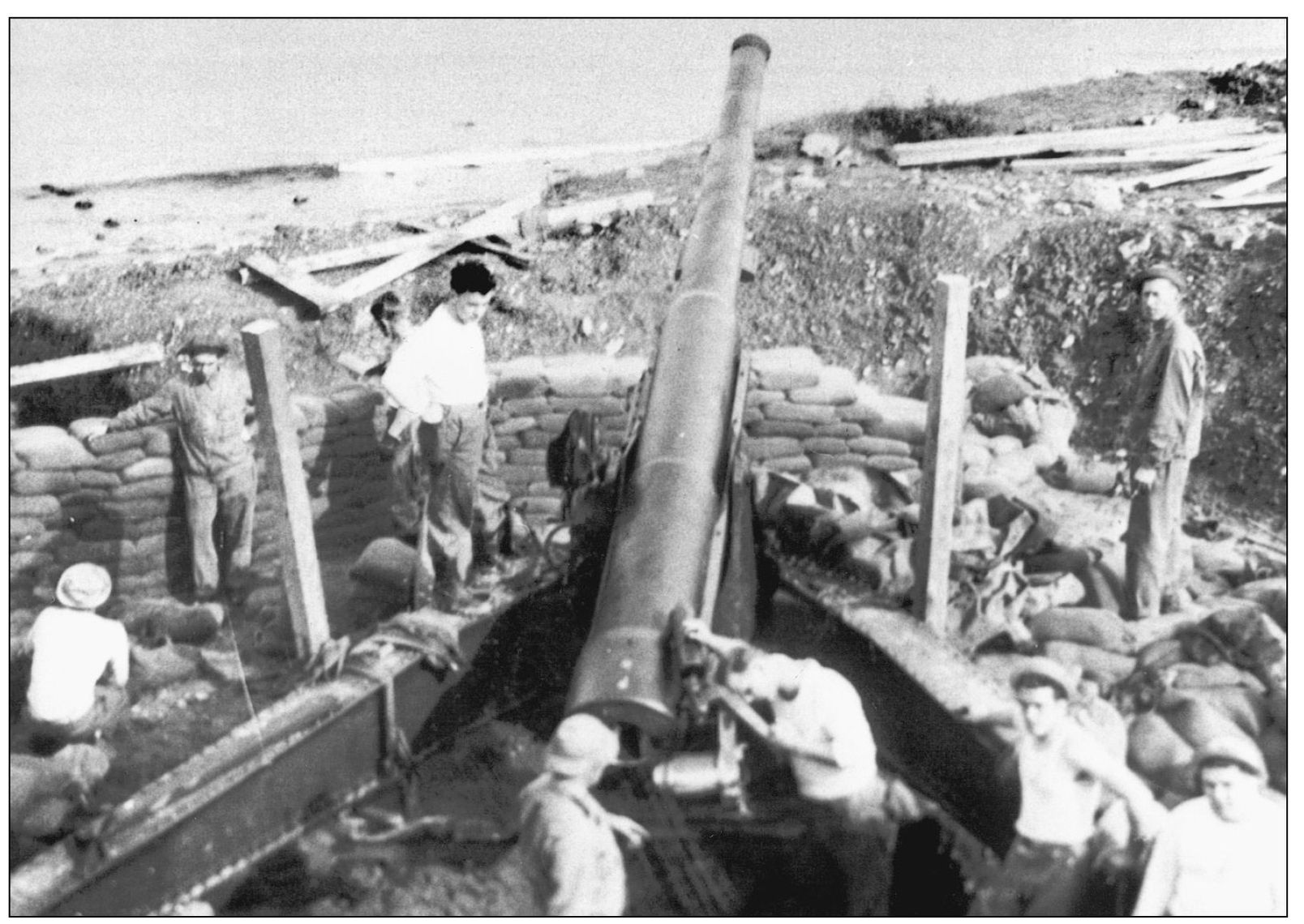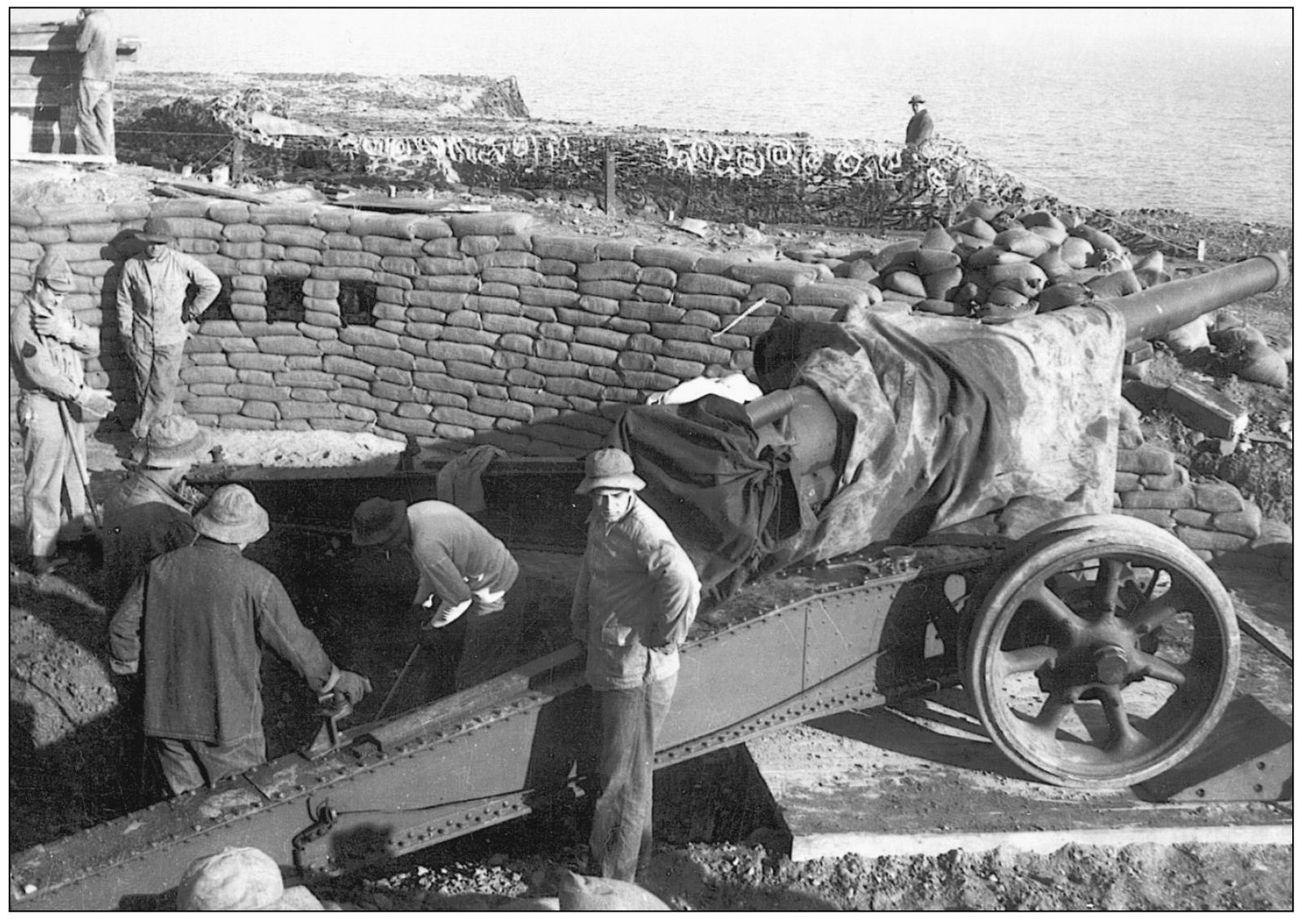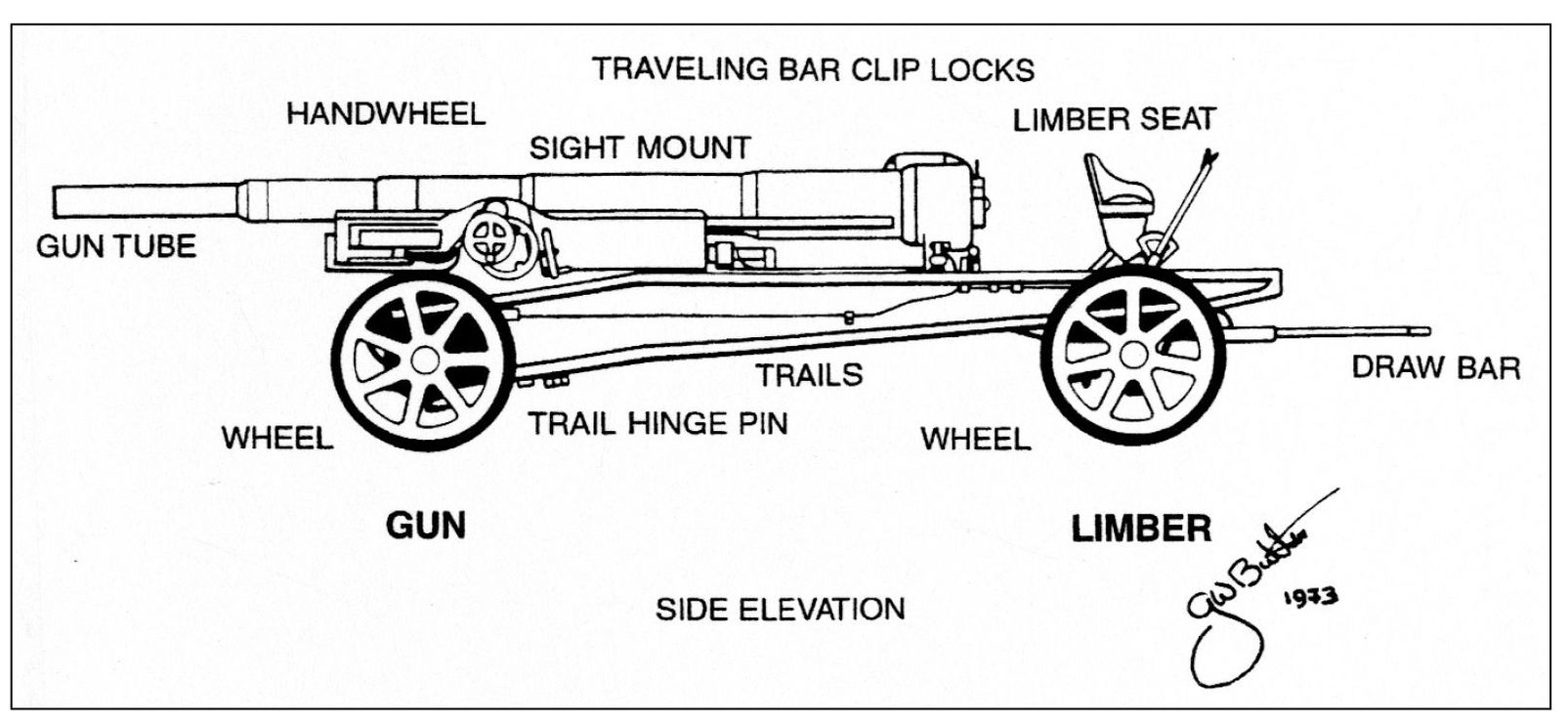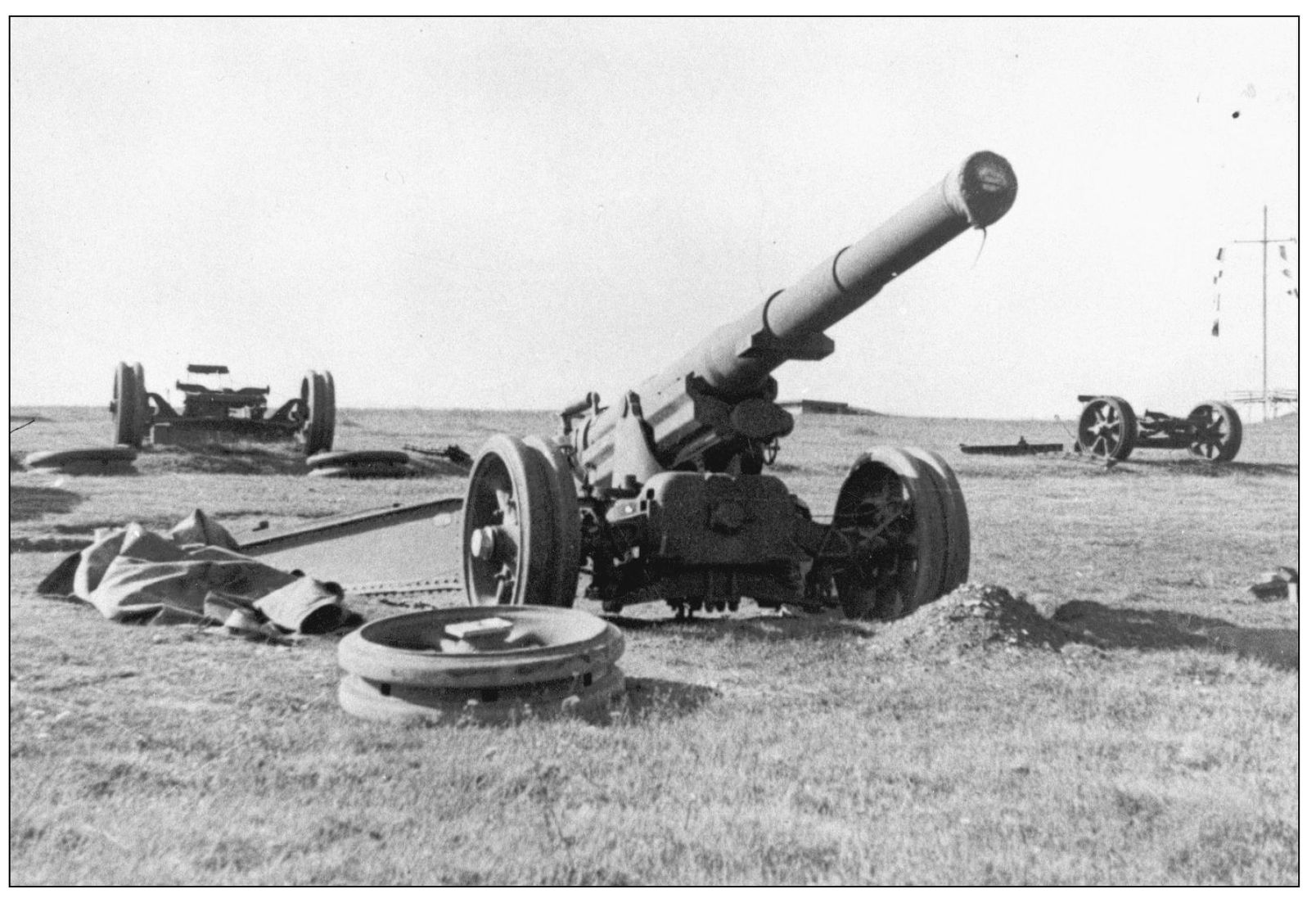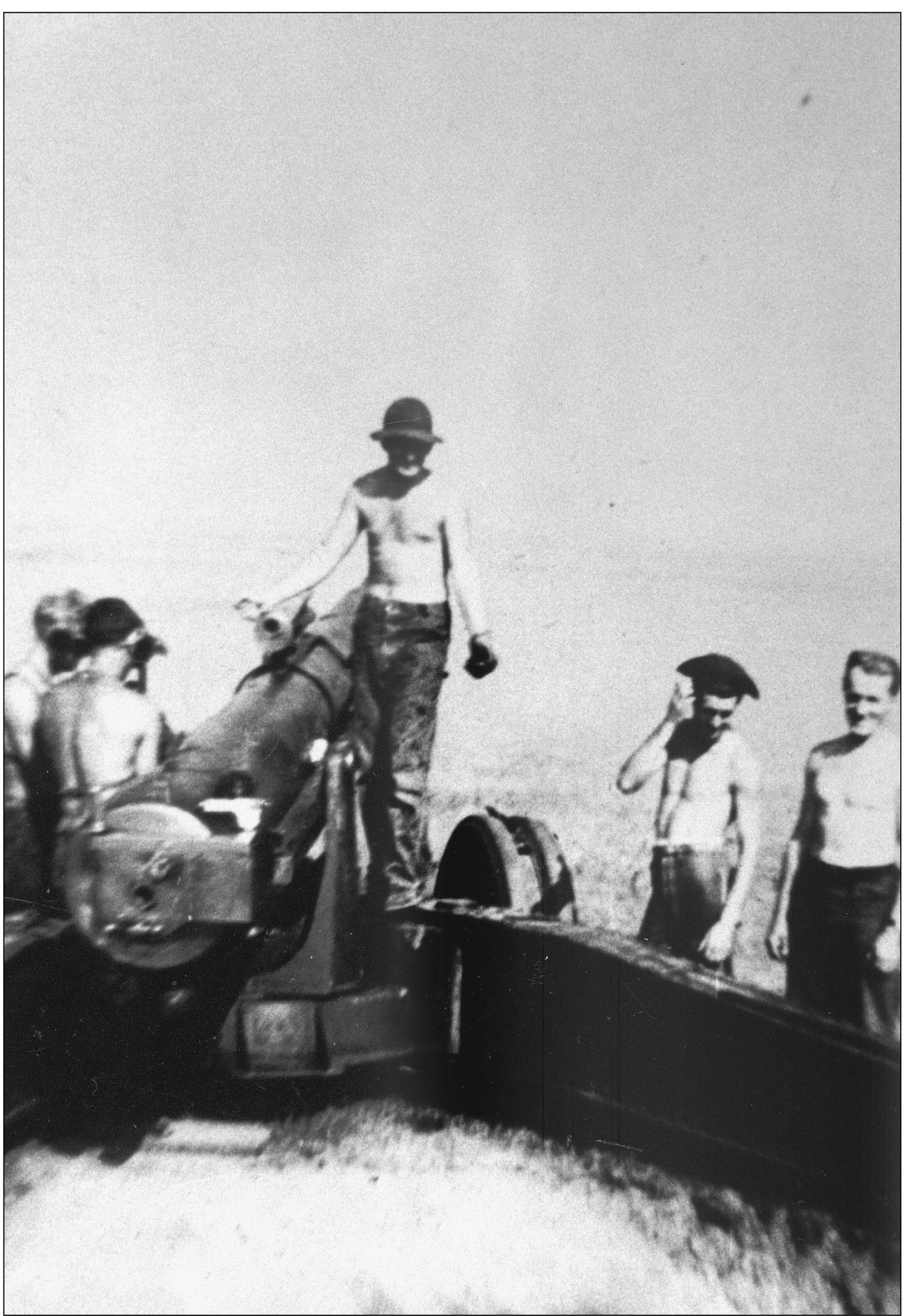Capt. Gerald Butler - The Military History of Cape Cod Canal
Here you can read online Capt. Gerald Butler - The Military History of Cape Cod Canal full text of the book (entire story) in english for free. Download pdf and epub, get meaning, cover and reviews about this ebook. year: 2002, publisher: Arcadia Publishing Inc., genre: Home and family. Description of the work, (preface) as well as reviews are available. Best literature library LitArk.com created for fans of good reading and offers a wide selection of genres:
Romance novel
Science fiction
Adventure
Detective
Science
History
Home and family
Prose
Art
Politics
Computer
Non-fiction
Religion
Business
Children
Humor
Choose a favorite category and find really read worthwhile books. Enjoy immersion in the world of imagination, feel the emotions of the characters or learn something new for yourself, make an fascinating discovery.
- Book:The Military History of Cape Cod Canal
- Author:
- Publisher:Arcadia Publishing Inc.
- Genre:
- Year:2002
- Rating:5 / 5
- Favourites:Add to favourites
- Your mark:
The Military History of Cape Cod Canal: summary, description and annotation
We offer to read an annotation, description, summary or preface (depends on what the author of the book "The Military History of Cape Cod Canal" wrote himself). If you haven't found the necessary information about the book — write in the comments, we will try to find it.
In The Military History of the Cape Cod Canal, the abandoned foundations at Sagamore Hill and throughout most of Buzzards Bay are explored, as well as the weapons, devices, and personnel assigned to ensure the canals integrity throughout the war. Although the responsibilities of the U.S. Armys Coast Artillery are a focal point, the actions of the U.S. Navy, the U.S. Coast Guard, and the air arms of all the military services during World War II are also included. The Military History of the Cape Cod Canal documents the mishaps, collisions, and war-damaged ships in and near the canal, as well as the joint military protection forces and plans in effect during World War II.
Capt. Gerald Butler: author's other books
Who wrote The Military History of Cape Cod Canal? Find out the surname, the name of the author of the book and a list of all author's works by series.


